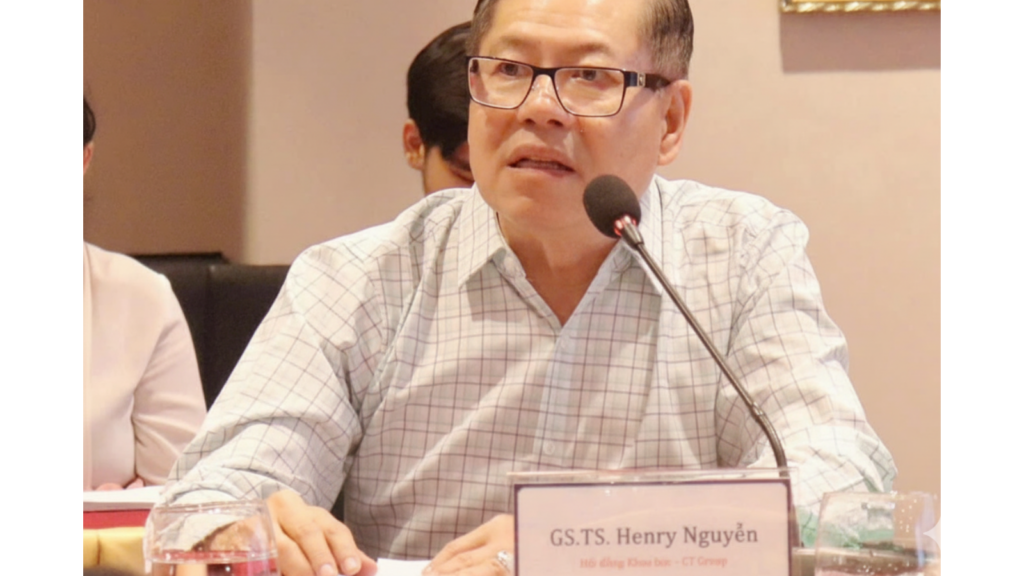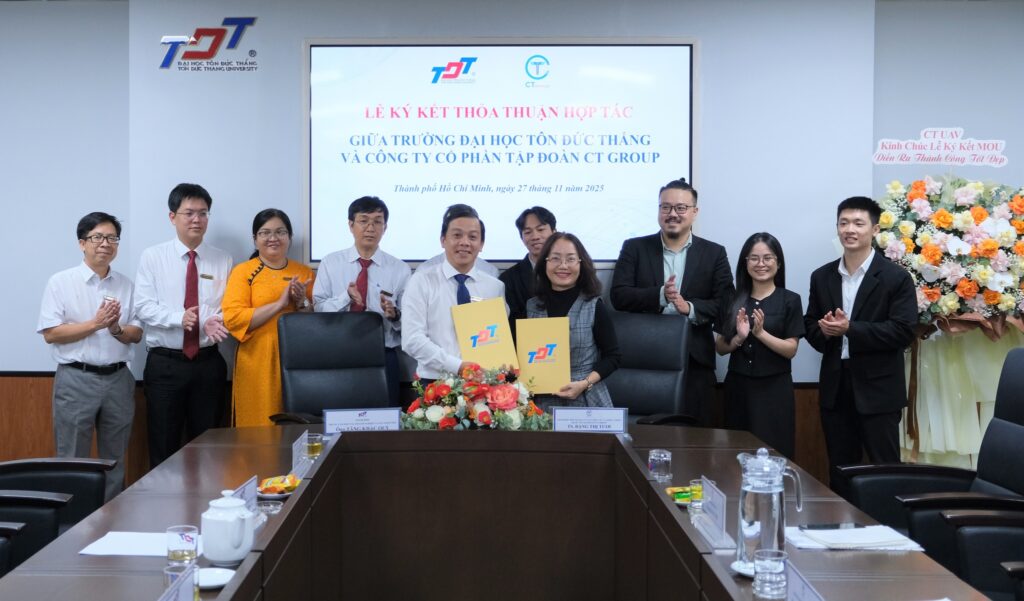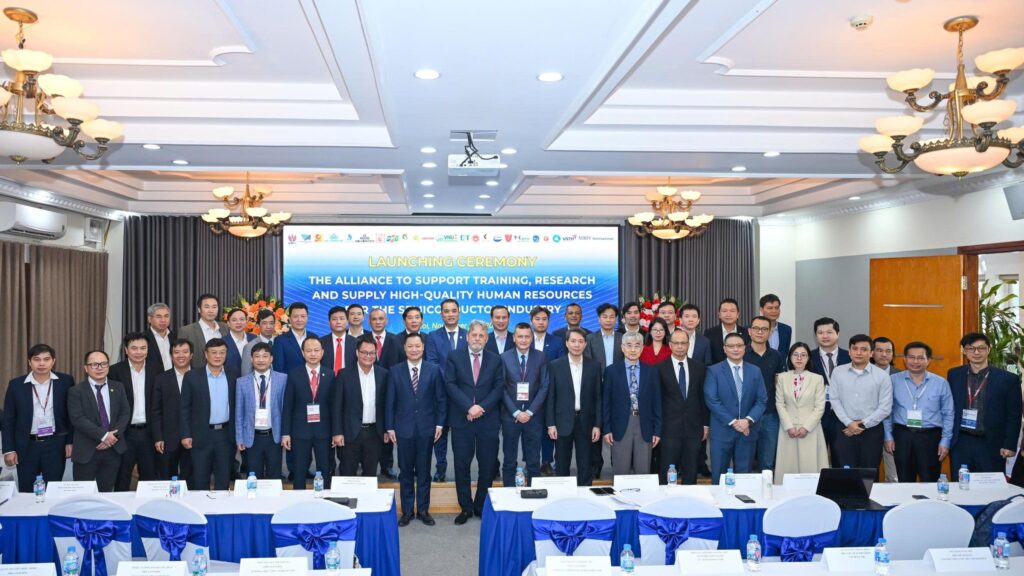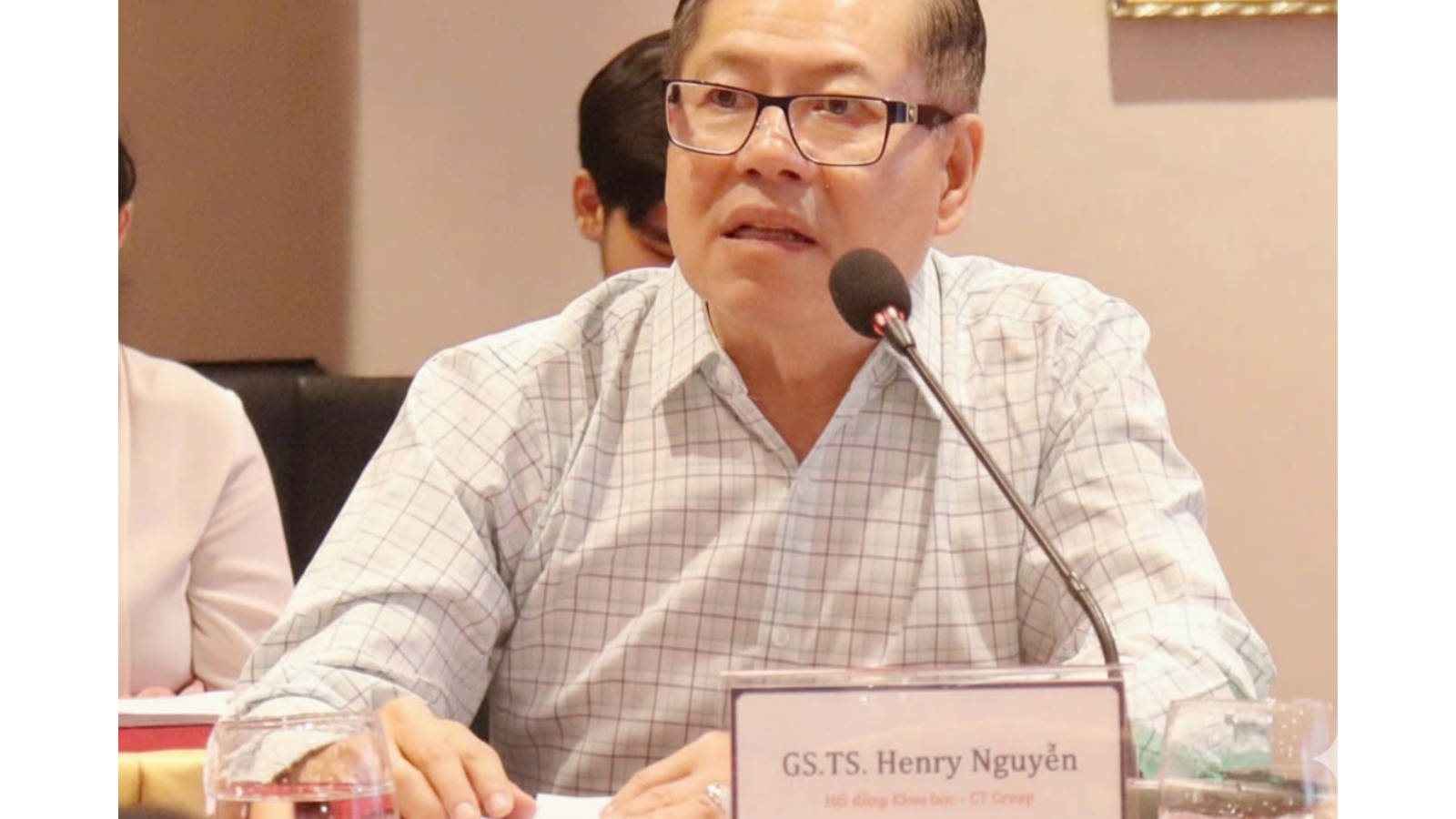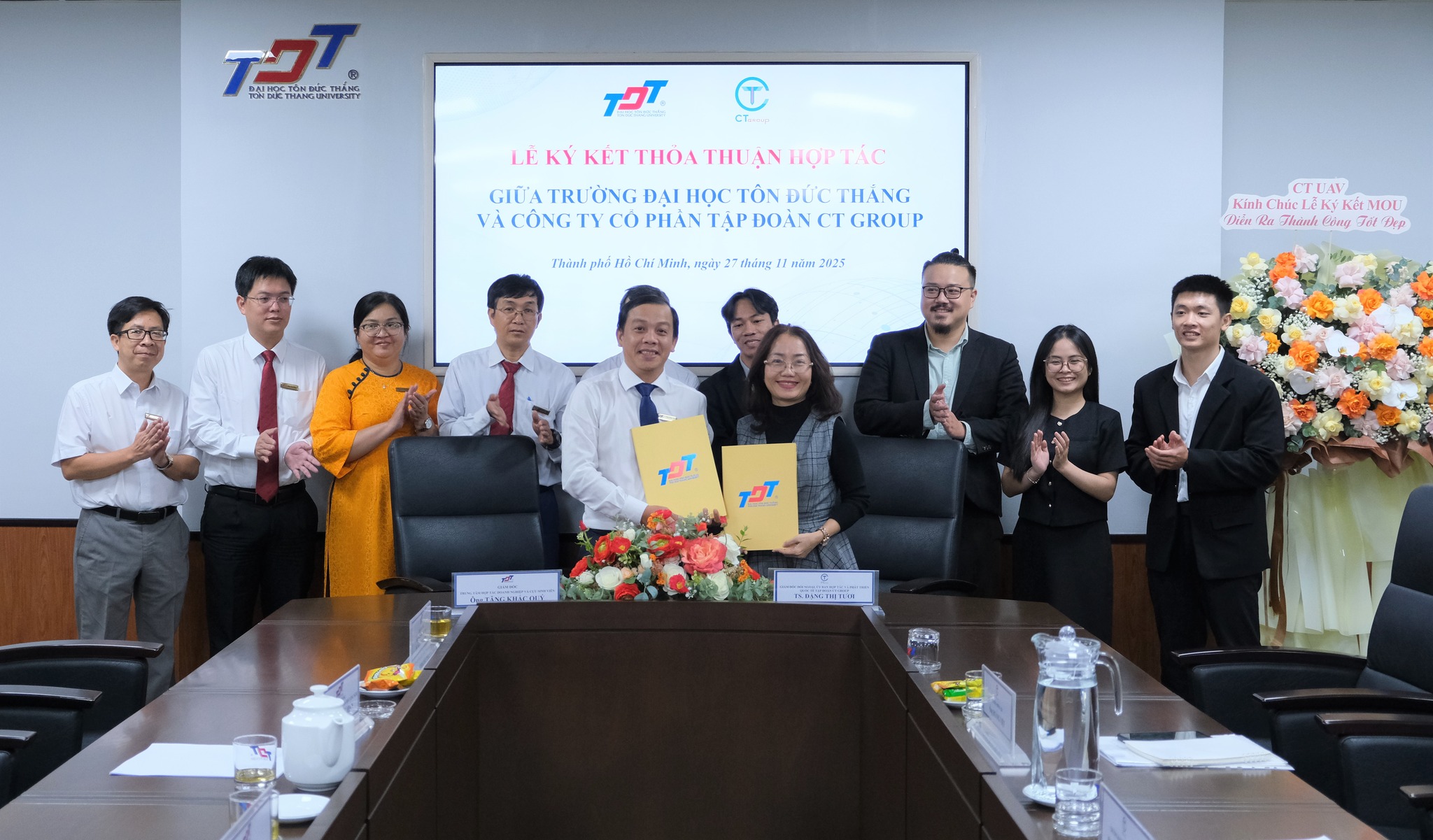Vietnam is gradually asserting its position in the semiconductor sector through strategic steps from attracting investment and developing human resources to building technological infrastructure, all aimed at achieving comprehensive mastery of the entire value chain.

Research and semiconductor chip production at Hanoi University of Science and Technology
Recently, CT Semiconductor (a member of CT Group) began construction of phase 2 of the ATP Chip Factory in Binh Duong, marking the first semiconductor project fully owned and operated by Vietnamese engineers. With a total investment of nearly USD 100 million, the factory is expected to reach a production capacity of 100 million chips per year by 2027, and notably, to produce the first “Made by Vietnam” chip as early as 2025
A Milestone on the Path of Global Integration
The groundbreaking event of CT Semiconductor is not only a demonstration of Vietnamese enterprises’ capabilities, but also a milestone in Vietnam’s integration into the global high-tech supply chain. Vietnam is emerging as one of the most promising destinations amid the ongoing global semiconductor supply chain shift.
Concrete evidence of this growing appeal lies in a series of major projects already underway. These include Intel’s USD 1,5 billion assembly and testing facility in Ho Chi Minh City, Samsung’s expansion of memory chip production in Thai Nguyen, Amkor Technology’s USD 1,6 billion plant in Bac Ninh, and the establishment of chip design centers by Synopsys and Marvell in Vietnam.
According to Dr. Bui Xuan Minh, Head of the Semiconductor Design and Industry 4.0 Research Group at RMIT University Vietnam, ongoing geopolitical tensions are forcing global firms to seek alternatives to China. Vietnam is gradually positioning itself as a rising technology powerhouse, and this turning point may hinge on one small yet profoundly impactful component – the semiconductor.
Global technology corporations such as Synopsys, Renesas, and Marvell are intensifying their research and product development (R&D) efforts in multiple fields, from medical devices to data centers. Innovative technologies are drawing attention — including in-memory computing, which promises to significantly reduce the energy consumption of AI hardware, and quantum chip development for applications in cryptography and pharmaceuticals. Meanwhile, chip design tools from Cadence, Synopsys, and Siemens are redefining speed and cost efficiency in chip fabrication, creating new opportunities for Vietnam to make a technological breakthrough in the semiconductor sector.
Vietnam’s greatest strength lies in its young, abundant, and adaptable workforce. Each year, domestic technical universities train tens of thousands of engineers in electronics, telecommunications, and information technology and an increasing number are now specializing in microchip design, microelectronics, and semiconductors. This foundation enables Vietnam to move beyond simple assembly work and enter more knowledge-intensive segments of the value chain.
In addition, competitive labor and operational costs make Vietnam an attractive destination for global tech corporations, especially as companies diversify production beyond China.
Beyond natural advantages, Vietnam also holds a strategic geopolitical position within the Asian Semiconductor Belt, located between major tech hubs such as Taiwan (China), South Korea, and Singapore, and close to developed technology ecosystems in Japan and Malaysia. This unique location helps Vietnam integrate easily into regional value chains while attracting shifting international investment flows.
The Vietnamese Government has clearly demonstrated its determination by designating the semiconductor industry as a strategic priority sector. Its ambitious goal to train 50,000-100,000 semiconductor engineers within the next decade reflects a long-term vision. Numerous international cooperation programs, research support funds, and innovation centers have been established to create an environment that enables Vietnamese talent to rapidly meet global standards.
According to statistics, Vietnam has so far attracted nearly 170 high-tech FDI projects from developed economies such as the U.S., South Korea, and Europe, while expanding strategic cooperation on human resource development with Japan and Taiwan (China).
The Need for Comprehensive Policies
New initiatives including around 20 national and institutional-level semiconductor laboratories and a USD 69 million advanced packaging lab in Da Nang are laying a solid foundation for a competitive, innovative, and globally integrated ecosystem.
However, according to Dr. Bui Xuan Minh, the sector currently focuses mainly on two key areas which are semiconductor chip design and outsourced packaging, assembly, and testing . Meanwhile, the lack of a domestic semiconductor wafer fabrication plant is a major limitation, hindering the ability to enter high-value-added segments such as advanced chip design and next-generation chip manufacturing. Vietnam also faces challenges including shortages of high-quality engineers, incomplete research infrastructure, and underdeveloped specialized logistics systems from stable power supply to chip-grade raw materials.
To enhance competitiveness, Dr. Minh emphasized that beyond capital investment, Vietnam needs comprehensive policies, a robust legal framework for intellectual property, and a fully integrated ecosystem to foster innovation. The government must play a leading role by introducing incentive policies and developing technical infrastructure.
In addition to tax incentives, subsidies, and financial support to attract semiconductor manufacturing and R&D investment, Vietnam should invest in building a national semiconductor fabrication plant. It is also necessary to improve the reliability of power, water, and logistics infrastructure to support high-tech research and production.
Legal frameworks for intellectual property protection and technology transfer agreements with global leaders such as TSMC will be equally critical.
In this context, domestic enterprises will serve as the core drivers of industry development. Promoting collaboration between Vietnamese companies such as Viettel and FPT and global semiconductor giants like Intel, Samsung, Cadence, Synopsys, and TSMC will accelerate knowledge transfer and technological advancement.
Education is also a key foundation for semiconductor growth. It is essential to integrate subjects such as microchip design, microelectronics, and semiconductor physics into university curricula, while strengthening partnerships between academia and industry to cultivate a workforce ready for real-world demands.
“Toward 2050, Vietnam’s semiconductor journey may not be as dramatic as other technological transformations, but it is of vital importance. In this race, those tiny chips could become the driving force for Vietnam’s digital future.”
According to Mr. Vo Xuan Hoai, Deputy Director of the National Innovation Center (NIC), the growing presence of numerous international corporations and organizations demonstrates Vietnam’s strong commitment to building a world-class semiconductor ecosystem.
To realize this vision, the government is implementing a series of decisive mechanisms and policies: Boosting R&D investment, expanding international cooperation, and focusing on training high-quality human resources. Vietnam’s semiconductor industry revenue is projected to grow at an average annual rate of 11,6% by 2027. Beyond outsourcing, Vietnam is now expanding into microchip design, advanced assembly, testing, and packaging, while preparing to operate its first domestic semiconductor manufacturing plant.
In parallel with these policies, new investment projects, expanded R&D centers, and international partnership agreements continue to reinforce Vietnam’s position as a rising star on the global semiconductor map. The government remains committed to promoting the “Triple Helix” cooperation model, state, academia, and business, aiming for self-reliance in chip design, manufacturing, and testing by 2027.
________________________
Follow CT Group on Facebook for the latest updates and news!


